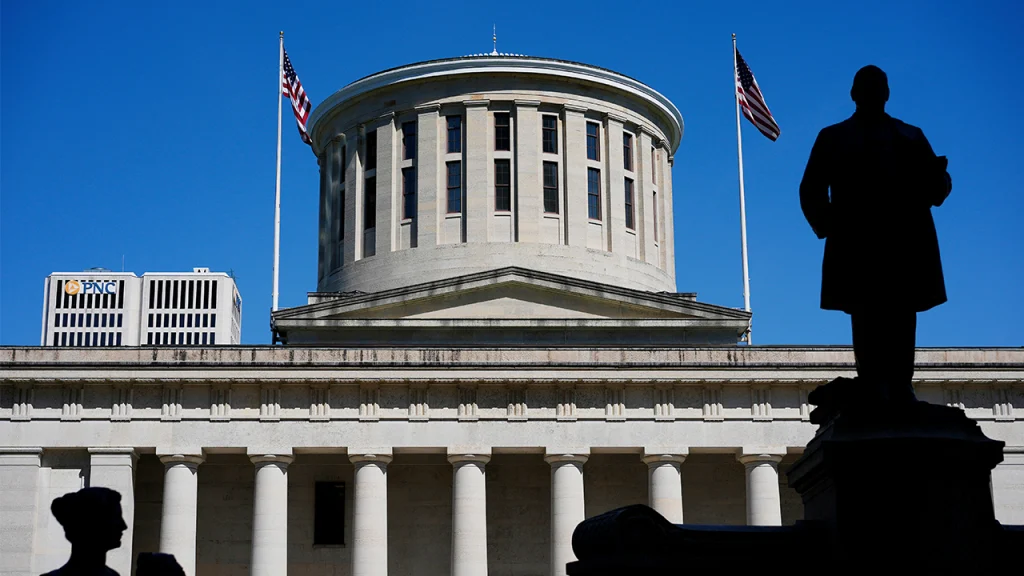Federal Court Strikes Down Ohio School District’s Gender Language Policies
In a significant ruling for student free speech rights, the Sixth U.S. Circuit Court of Appeals has determined that an Ohio school district overstepped its bounds by restricting students’ use of gender-specific language. The Olentangy Local School District near Columbus had implemented policies discouraging students from using language related to gender that might be perceived as disrespectful, instead encouraging the use of classmates’ self-identified pronouns. The court found these restrictions violated students’ First Amendment protections, with Circuit Judge Eric Murphy writing that the school district cannot “skew this debate by forcing one side to change the way it conveys its message.” This ruling represents a noteworthy development in the ongoing national conversation about gender identity, free speech in educational settings, and the limits of school authority over student expression.
The case originated when Parents Defending Education, a national parental rights organization, filed a lawsuit against the district in 2023. Their argument centered on the claim that the district’s pronoun mandates violated students’ constitutional rights under both the First and Fourteenth Amendments. District officials defended their policies as necessary measures to prevent bullying and create an inclusive environment. However, the appeals court found that the district “fell far short” of demonstrating that allowing such speech would cause disruption or infringe upon others’ rights—the standard typically used to justify speech restrictions in educational settings. The court’s decision overturned a previous 2024 ruling from a separate Sixth Circuit panel that had sided with the school district, sending the case back to U.S. District Judge Algenon Marbley in Columbus with instructions to issue an injunction blocking enforcement of the contested policy.
What made the district’s policy particularly problematic in the eyes of the court was its broad scope. Beyond classroom interactions, a separate policy governing students’ use of personal devices extended these restrictions outside school grounds, prohibiting content that could be interpreted as harassing or disparaging toward others’ gender identity or sexual orientation. This extension of school authority into students’ off-campus speech raised additional constitutional concerns. The court’s majority opinion emphasized that society continues to debate whether biological pronouns are appropriate or offensive—just as it debates many other issues surrounding transgender rights—and schools cannot compel students to express views contrary to their own beliefs on these contested social questions.
The ruling revealed contrasting approaches even among the judges involved. In her dissent, Circuit Judge Jane Stranch notably avoided using any gendered pronouns, writing that adapting to new linguistic norms “may be new for some” but remains “entirely possible.” She observed that social customs around pronouns “have evolved throughout American history,” suggesting that schools could reasonably expect students to adapt to changing societal norms. This contrasting perspective highlights the tension between traditional speech protections and evolving understandings of respect and inclusion in educational environments, reflecting broader social debates about gender identity and expression.
The potential impact of this ruling extends well beyond the Olentangy Local School District. An Ohio teachers’ union informed the court that Olentangy’s policies resemble those in numerous other districts across the state, suggesting the decision could have far-reaching implications for how schools throughout Ohio and potentially the entire Sixth Circuit’s jurisdiction (which includes Michigan, Kentucky, and Tennessee) approach issues of gender expression and pronoun use. The case represents a significant moment in an ongoing series of legal battles over how public institutions, particularly schools, navigate the complex intersection of free speech protections and efforts to create inclusive environments for students of all gender identities.
At its core, this case illustrates the profound challenges facing educational institutions as they attempt to balance competing values and rights. Schools must navigate the tension between protecting students’ freedom of expression and creating environments where all students feel respected and included. The court’s decision suggests that schools cannot resolve these tensions by simply mandating particular forms of speech, especially on issues that remain subjects of ongoing societal debate. As communities continue to grapple with questions of gender identity and expression, this ruling indicates that educational policies must respect the constitutional rights of students to express their own viewpoints, even when those viewpoints may conflict with emerging social norms or the preferences of school administrators.


